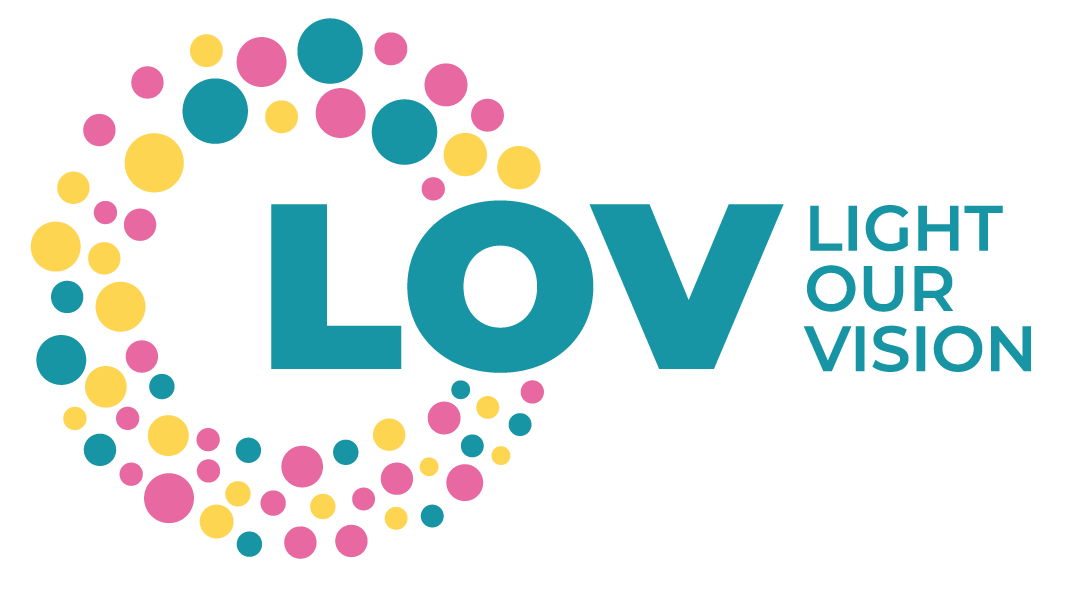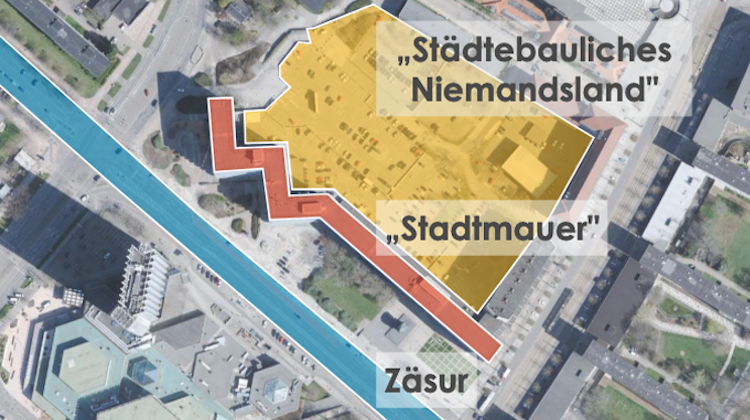
The Marienplatz (Mary’s Square) vision: A lively sports and cultural campus in Chemnitz city centre
Things are forging ahead in Chemnitz: Saxony’s Minister President Michael Kretschmer and Chemnitz Mayor Sven Schulze have signed a declaration of intent on the “urban development of Chemnitz city centre”. The focus is on the area between Brückenstraße and Käthe-Kollwitz-Straße, where there are plans to establish a sports and cultural campus. For several years now, there have been discussions as to what should be done with the “urban no-man’s land” behind the “Parteifalte” office complex and the Kunstsammlungen art collections. Now the plans have been given a clearer direction, with the project intended to be much more than just a new home stadium for the Niners.
For several years now, there have been discussions as to what should be done with the “urban no-man’s land” behind the “Parteifalte” office complex and the Kunstsammlungen art collections. Now the plans have been given a clearer direction, with the project intended to be much more than just a new home stadium for the Niners. The Niners Chemnitz have long wanted to build a new, modern venue in the city centre that would meet the standards of the German Basketball Bundesliga. But the campus on Marienplatz (named by the LOV organiser Baukultur für Chemnitz e. V.) is intended to offer much more than just a sports venue: The aim is to create a mixed use area that can host various activities throughout the year and attract people to the city centre.
Linda Hüttner, architect and Deputy Chair of the Baukultur für Chemnitz e.V. association, emphasises: “It’s important to understand that the project was conceived as a mixed use site from the outset.The idea of a sports stadium for the Niners is just one part of it – the vision of a sports and cultural campus includes wide-ranging facilities that will attract people to the city centre all year round. It’s not about a battle between two opposing fronts here, but a joint effort to utilise the site sensibly and sustainably.”
Lotte Claudia Fischer, Chair of the LOV organiser Baukultur für Chemnitz e. V. and head of the “Chemnitz – Capital of Culture 2025” working group at the Saxony Chamber of Architects, also supports this view: “We very much welcome the fact that the square has become the focus of further urban development. It’s important to understand the development of Marienplatz as more than just a sports stadium. We’d like to see a lively campus created here that can host a wide range of activities and events throughout the year.”
Photos (c) Kai Schmidt
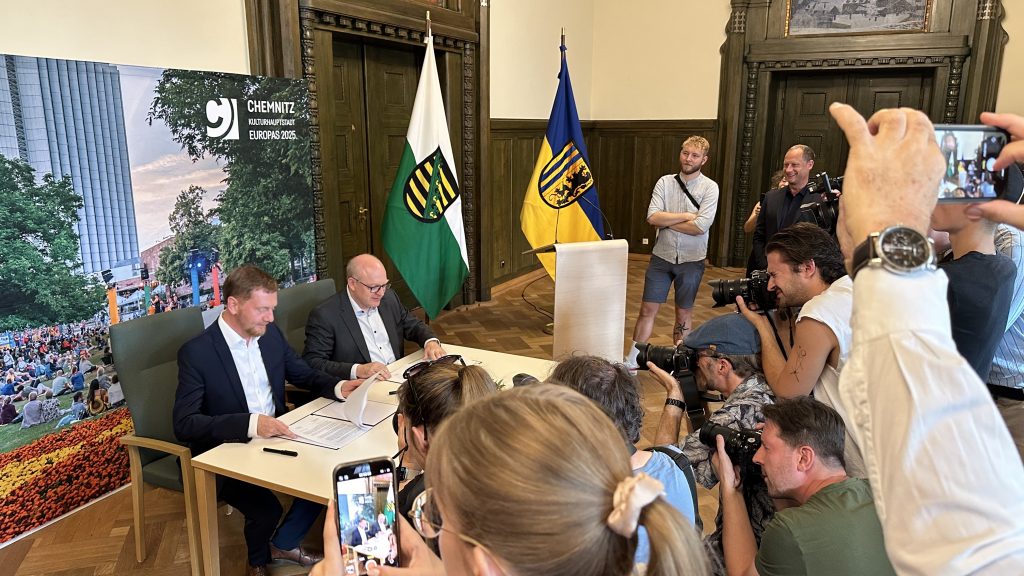
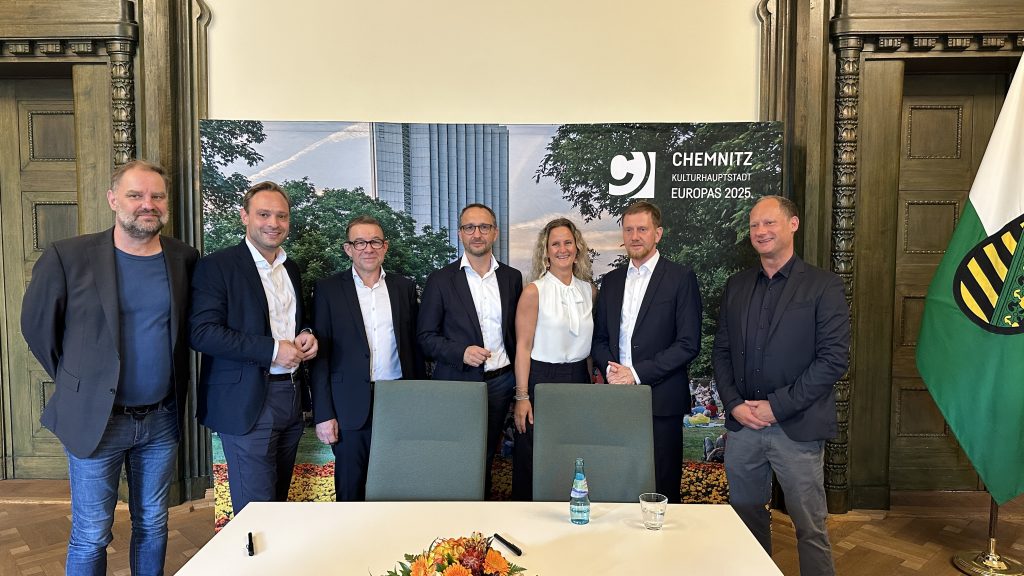
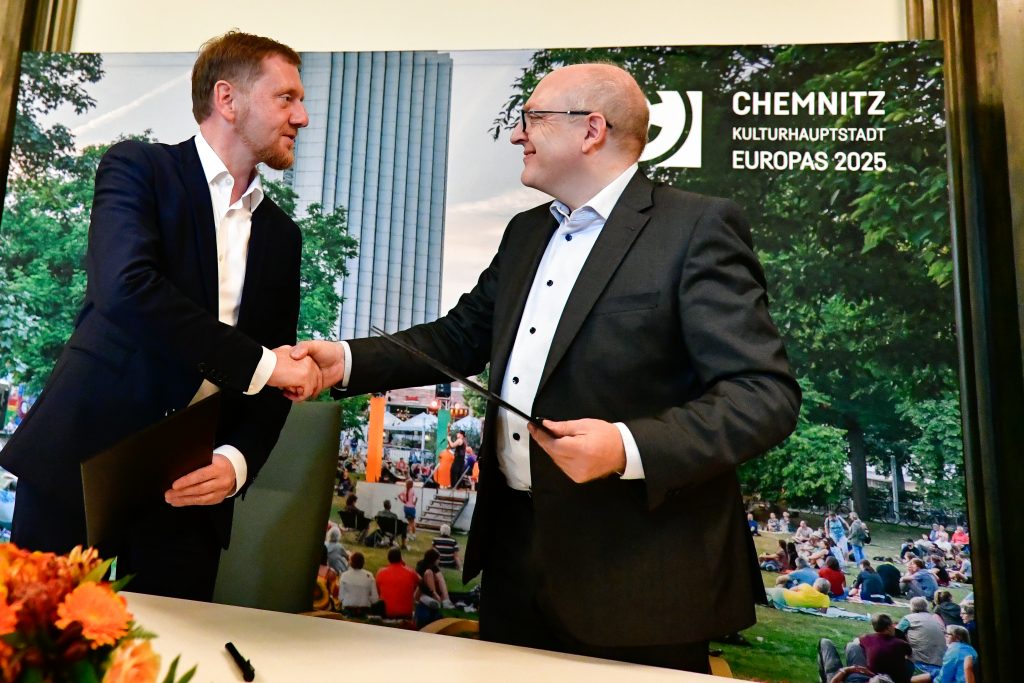
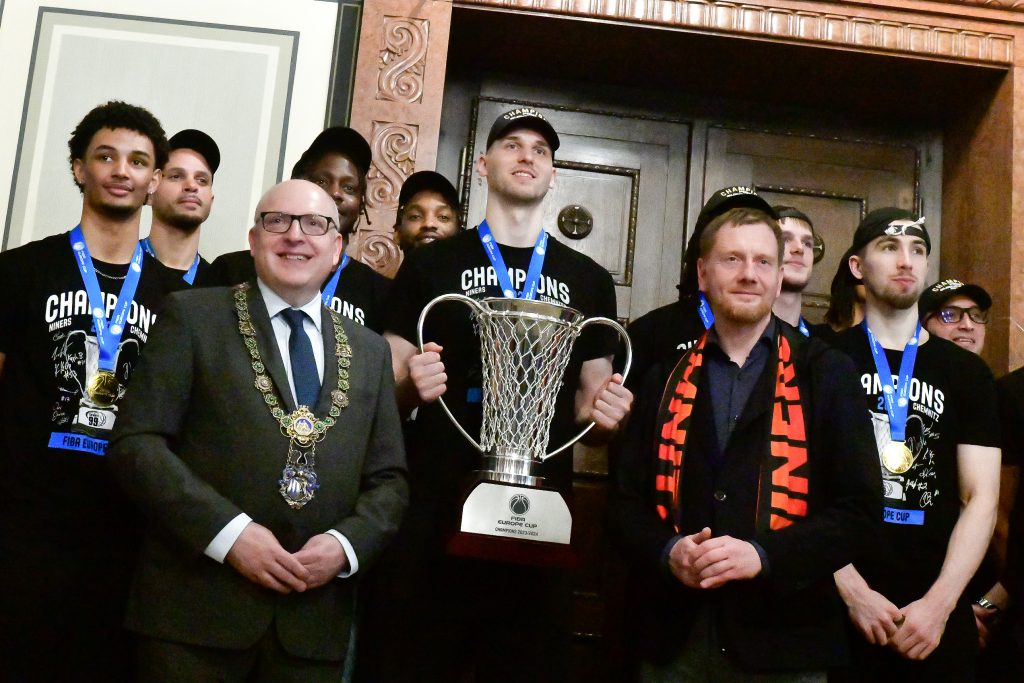
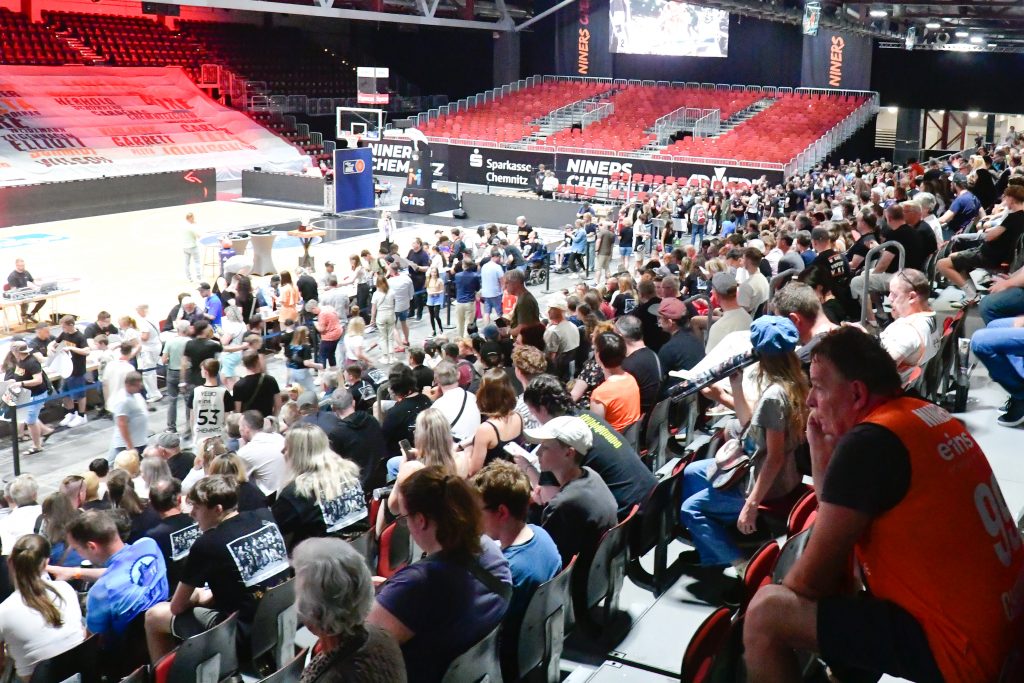
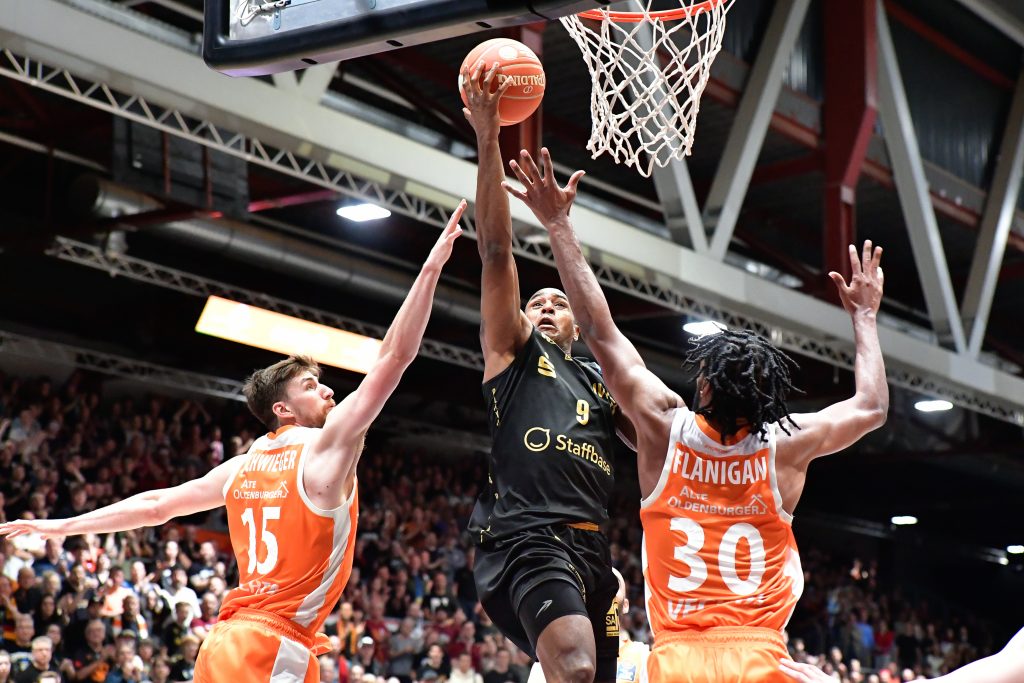
Bilbao Effect for Chemnitz
“Our goal is to make Marienplatz a meeting place for people of all ages and so make an important contribution to the revitalisation of the city centre”, Fischer continues. “With an extraordinary, architecturally outstanding development, we could achieve even greater appeal far beyond the borders of Chemnitz. The Bilbao Effect in the northern Spanish town shows that it can be done. The spectacular construction of the Guggenheim Museum there has shown how visionary architecture can transform cities and attract thousands of visitors. That’s exactly what we want for Chemnitz.”
To be economically viable, the site that could become the Niners’ new home must also have options to host other events and activities. It’s clear that a utilisation concept must be developed that provides not only for sporting events, but also culture, art, concerts and other pursuits.
The historical significance of Marienplatz (Mary’s Square)
The history of Marienplatz in Chemnitz is closely linked to the visionary plans of the master builder Möbius, who designed Marienstraße and its link to the Aktienspinnerei spinning works. This historical hub has almost been forgotten over the years, but various initiatives have brought it back into the limelight of late. At more than 27,000 square metres, Marienplatz offers huge potential for the city that needs to be exploited.
LOV 2023 and the renaissance of Marienplatz
In May 2022, planners came together for the first time at a city centre forum to discuss the future of this important district. The centrepiece of these efforts was the visionary Light our Vision (LOV) Festival of Light Art in autumn 2023, which put Marienplatz back into the spotlight. “The vision that was once brought to life by Möbius has stood the test of time over the decades, and we are now working hard to renew and strengthen the urban environment”, explains Fischer.
One particular focus is on transforming Marienplatz into a cultural and social hub. The potential of this area lends itself to a holistic and bold approach that goes far beyond traditional utilisation concepts. In this context, a competition for European students will be organised as part of Chemnitz 2025, the results of which will be unveiled in the summer semester of 2025. The upcoming LOV 3.0 Festival of Light Art will give students the opportunity to further develop and help shape Marienplatz with their innovative ideas and concepts.
Find out more (in German): https://www.aksachsen.org/baukultur/chemnitz-kulturhauptstadt-europas-2025/
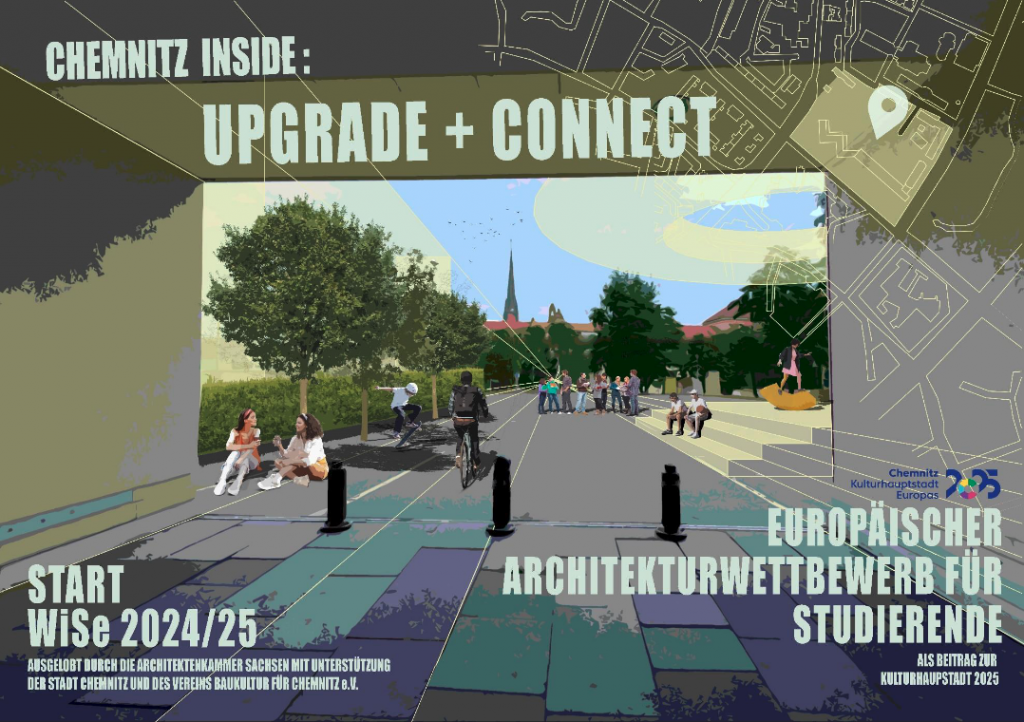
Shaping Chemnitz together
We’d love to see local residents and anyone else who cares about Chemnitz participate in the discussion, contribute their ideas and actively help shape the development of Marienplatz. Through dialogue and engagement, we can realise our city’s full potential and create a vibrant, future-oriented city centre.
